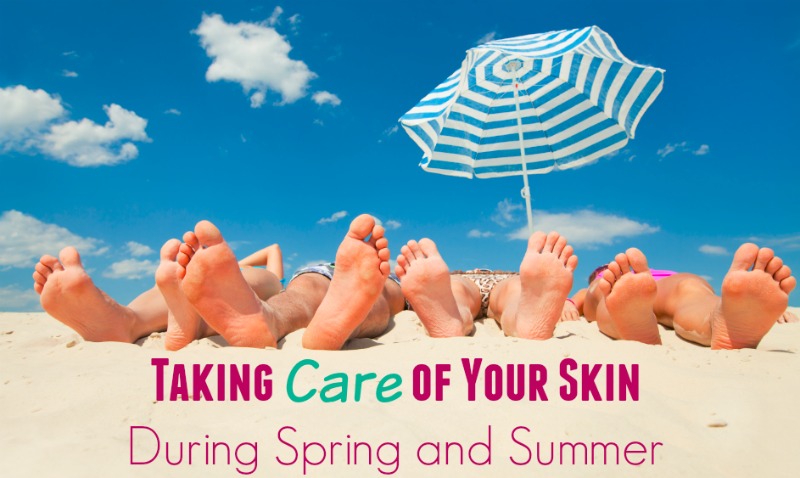It?s the most wonderful time of the year! No, I?m not talking about Christmas?I?m talking about sprummer! For the uninitiated, sprummer stands for ?spring and summer,? the miraculous combination of seasons that join together to melt the winter freeze and allow humans worldwide to frolic in the grass, sand, water, dirt, mud and wherever else frolicking is allowed.
Though sprummer is universally adored (don?t argue with me), it does present certain dangers, the sun being the main culprit. As good as the sun feels on your skin, don?t forget that it?s essentially a giant ball of flames whose diameter is longer than 200 Earth?s put together. Puts things in perspective, no? Before you run outside to soak up some rays, health website Treato.com wants to give you a quick refresher course on sun safety.

First, it?s a simple fact that getting more sun increases your risk of developing skin cancer. Scary as that may sound, it doesn?t mean that (a) you have to avoid the sun completely or (b) there aren?t an array of ways to protect yourself.
Because it?s possible to get a sunburn even when it?s not particularly hot outside, consider using sunscreen with at least SPF 30 as soon as the temperatures start to creep up in early spring. Keep in mind, however, that the benefits of using a sunscreen with higher SPF are not infinite. Let me illustrate this point with some numbers: SPF 15 sunscreen filters out 93% of harmful UVB rays, while SPF 100 sunscreen filters out 99%. (It?s impossible to get 100% protection.) A sunscreen with SPF 50 is ideal, but a recent study on mice showed that SPF 30 sunscreen reduces the risk of melanoma, the deadliest type of skin cancer, by 80 percent.
If you?d prefer to avoid the chemicals found in a lot of sunscreens, there are a number of all-natural options available. However, not all chemical-free sunscreens are effective at shielding your skin from all dangerous UVA and UVB rays. Make sure to purchase a natural sunscreen that contains either titanium dioxide or zinc oxide.
Apply sunscreen evenly over all exposed surfaces of your body. Pay particularly close attention to your face, neck and ears. Remember to reapply every 2-3 hours, and after swimming or working up a sweat. Between 10 a.m. and 4 p.m., when UV light is strongest, try to stay in the shade as much as possible.
Besides sunscreen, clothing and accessories are an important consideration. Dark clothing with tightly woven fabric offers the most protection. A hat with a wide brim, will give some extra coverage to your face and neck, as well as your eyes. Speaking of eyes, a good pair of sunglasses (UV absorption up to 400 nm) is a long-term investment in your optical health.
Lastly, stay far, far away from tanning beds. Just trust me on this one.



